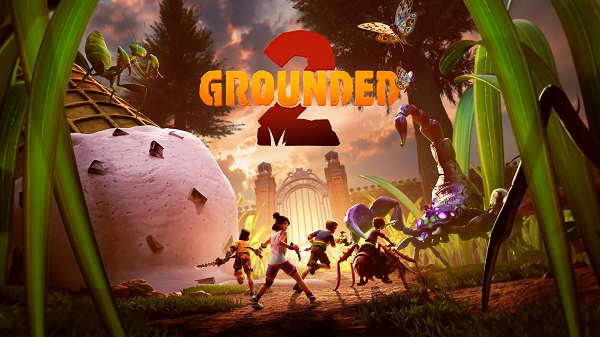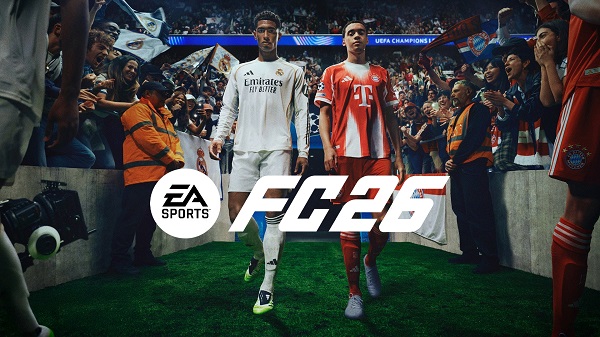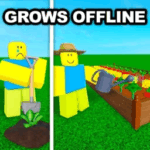Popular Now
When Overwatch launched in 2016, it redefined the hero shooter genre with its vibrant cast, team-based mechanics, and accessible gameplay. Fast forward to today, Overwatch® 2 arrives not merely as a sequel, but as a complete reimagining of what the franchise can be. Blizzard has taken bold steps to modernize the formula—some subtle, others revolutionary. In this article, we’ll explore how Overwatch® 2 improves upon the original, and whether these changes make it a worthy successor.
1. From 6v6 to 5v5 – Streamlined Combat
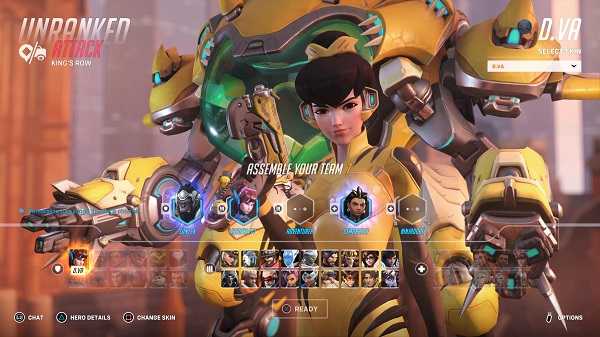
The most noticeable structural change in Overwatch® 2 is the shift from 6v6 to 5v5 team compositions. By removing one tank slot, the game trims the chaos and opens up more room for strategic positioning.
Compared to the original, matches in Overwatch® 2 feel more readable and less cluttered. Tanks like Reinhardt or Winston now play a more impactful role, often defining the pace of engagements. Damage players can capitalize on cleaner sightlines, while supports have greater agency thanks to fewer threats barreling in at once.
2. Revamped and New Heroes – Fresh Yet Familiar
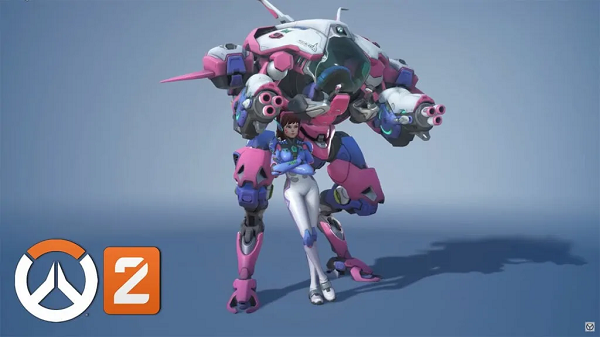
While the original launched with 21 heroes, Overwatch® 2 expands the roster and rebalances many existing ones. New heroes like Sojourn, Junker Queen, and Kiriko bring fresh playstyles that blend mobility, damage, and support in ways that reflect modern multiplayer sensibilities.
Legacy characters have also been meaningfully reworked. For example, Orisa trades her defensive barrier for aggressive crowd control, making her feel entirely revitalized. These updates not only freshen gameplay but also re-contextualize older strategies, forcing even veteran players to adapt.
3. Enhanced Graphics and Audio – A Modern Polish
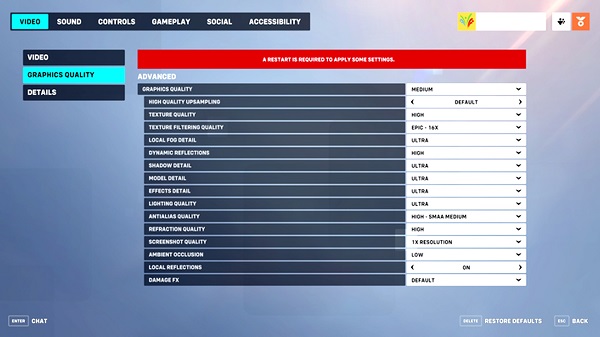
Although the original Overwatch still holds up visually, Overwatch® 2 introduces subtle yet important improvements. Lighting systems have been overhauled, creating more dynamic and immersive environments. Character models and animations feel smoother, and effects are cleaner without sacrificing flair.
Sound design also received attention. Directional audio cues are sharper, making it easier to detect flanking enemies or ultimate activations. It’s not a total visual overhaul, but the polish aligns the game with today’s expectations.
4. Free-to-Play Model – Accessibility First
Unlike the original’s buy-to-play model, Overwatch® 2 is free-to-play. This change significantly lowers the barrier for new players, contributing to a noticeable surge in player base since launch.
The controversial loot box system has been replaced with a Battle Pass and direct-purchase cosmetics. While this removes the gambling element, it introduces concerns about grind and content gating—especially with heroes being locked behind Battle Pass tiers. However, the ability to unlock everything through play (albeit slowly) helps mitigate the issue.
5. Push Mode and New Maps – Tactical Variety
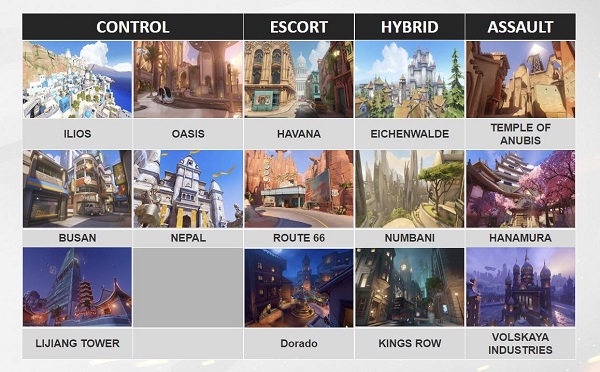
A fresh game mode called Push replaces the now-retired Assault mode. In Push, teams fight to control a robot that pushes a barricade across the map. It’s a tug-of-war format that encourages constant engagement and creative flanking routes.
New maps like New Queen Street and Colosseo are designed specifically for this mode, offering verticality and symmetry that cater to both aggressive and defensive styles. These additions bring welcome variety and help the game feel fresh for returning players.
6. User Interface Improvements – Cleaner and More Informative
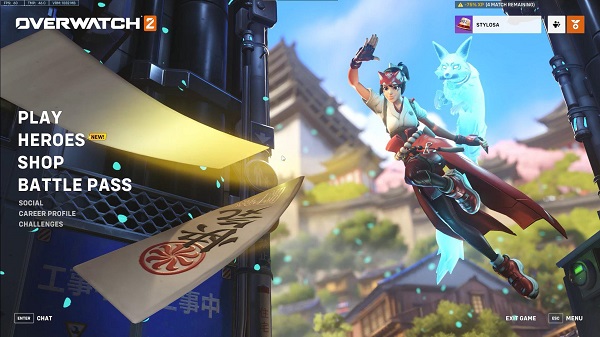
The UI in Overwatch® 2 has been streamlined to improve readability and functionality. Health bars, cooldown indicators, and ultimate charge meters are now more prominent and better integrated into the screen.
These updates aren’t just cosmetic—they provide essential real-time information, particularly for support players who need to monitor team health quickly. It's a small but meaningful upgrade that complements the faster gameplay.
7. Progression and Stats – Motivation to Improve
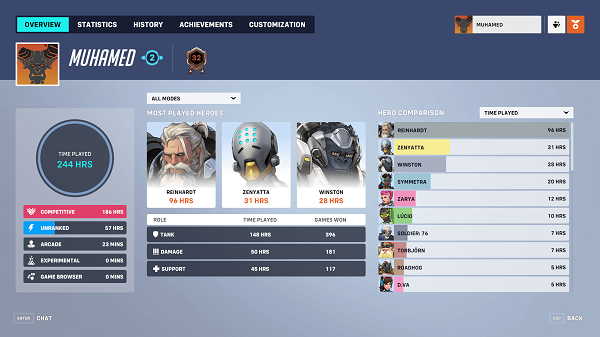
In the original game, progression was mostly cosmetic. Overwatch® 2 introduces a career progression system that tracks detailed statistics like damage dealt, healing, objective time, and more.
The introduction of seasonal Battle Passes, challenge trackers, and tiered rewards keeps players motivated to return. Seeing concrete performance metrics fosters a sense of growth, encouraging players to refine their playstyles and pursue mastery.
8. Meta Balance and Frequent Updates – More Dynamic Gameplay
One of the criticisms of the original was Blizzard’s slow response to balance issues. Overwatch® 2 promises updates every nine weeks, introducing new content and rebalancing the game regularly.
This increased cadence has made the meta feel livelier and more flexible. Heroes rotate in and out of favor more frequently, and no single strategy dominates for long. It keeps the game competitive and prevents stagnation—a welcome change for both casual and competitive players.
9. Competitive Play System – Smoother, Less Stressful'
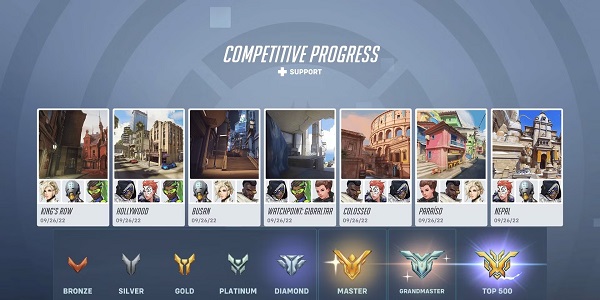
Overwatch® 2 overhauls the competitive mode with a new system that updates player rankings based on win clusters rather than individual matches. This change reduces the stress of losing a single game and provides a more holistic view of skill over time.
While some players miss the detailed SR numbers from the original, the new tier-based structure encourages consistent play without fixating on exact points. It’s a system better suited to long-term improvement and avoids the toxicity that often came with rank chasing.
10. Community and Longevity – A Reinforced Future
The Overwatch® 2 community has seen a rejuvenation. With the game now available on more platforms and free-to-play, there’s a healthy influx of new players and content creators. Blizzard’s roadmap includes upcoming heroes, maps, and story-driven PvE content—though the latter has seen delays.
The return of esports via Overwatch League and grassroots tournaments suggests Blizzard is committed to fostering competitive and casual communities alike. Despite some bumps in the rollout, the groundwork for a long-lived franchise has been reinforced.
Conclusion
Overwatch® 2 might not be a completely new game, but it’s a significantly refined one. Every key system—combat flow, hero design, progression, and accessibility—has been rethought for today’s audience. It successfully bridges the needs of long-time fans while welcoming newcomers to a faster, sleeker, and more rewarding experience.
For those who loved the first game, the transition to Overwatch® 2 feels like a natural next step. And for those just entering the world of hero shooters, it offers one of the most polished and exciting playgrounds available today.












